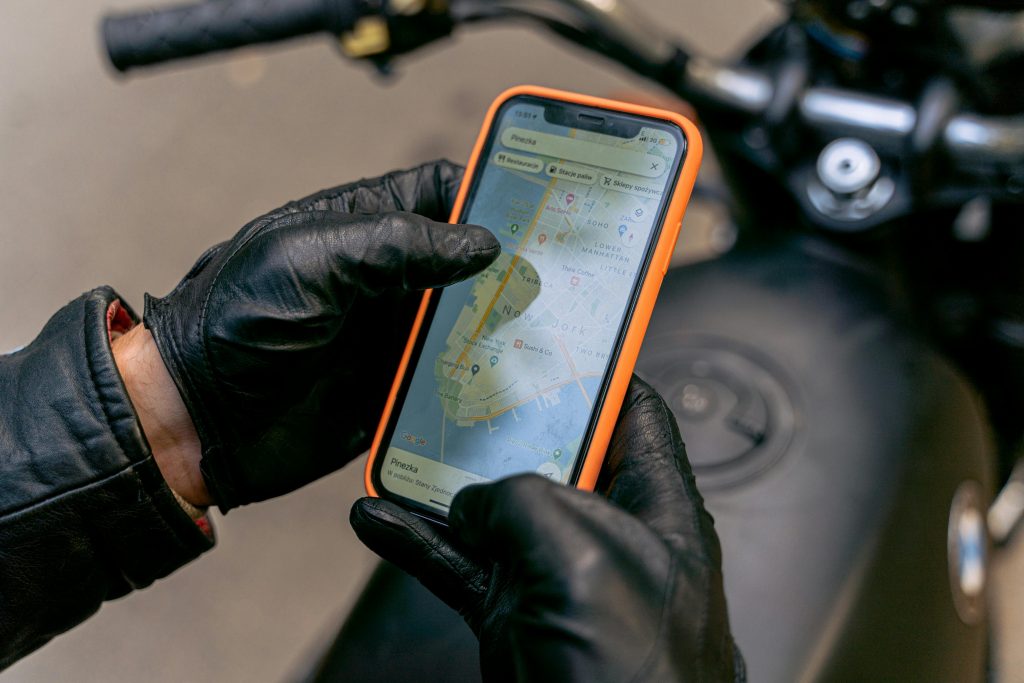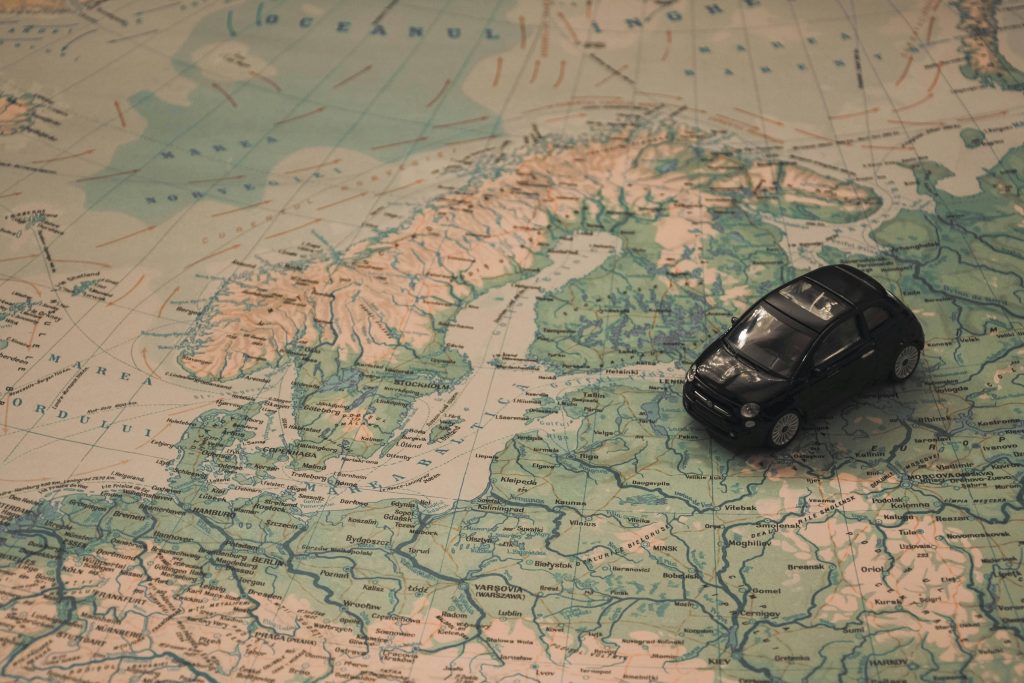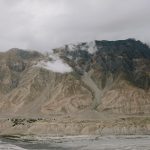Introduction
In a world of GPS apps and digital maps, the skill of navigation might seem like a lost art. But whether you’re exploring the outdoors, driving long-distance, or planning a travel adventure, understanding the fundamentals of navigation can be a game-changer.

At TrackPath, we believe successful navigation blends technology with traditional skills, situational awareness, and smart planning. In this guide, we break down the top tips for mastering navigation, so you can travel with confidence—on foot, by road, or off the grid.
1. Understand the Basics of Map Reading
Even in the digital age, the ability to read a physical map is a vital navigation skill—especially when signals drop or devices fail.
Key map-reading skills:
- Identify map symbols, contours, and legends
- Understand scale and distance representation
- Use a compass in conjunction with a topographic map
- Recognise natural features (ridges, valleys, rivers)
Tip: Practice map reading regularly—even on short hikes or local walks.
2. Learn How to Use a Compass (And Trust It)
A compass is a timeless navigation tool that never runs out of battery.
Compass basics:
- Understand true north vs. magnetic north
- Learn to take and follow a bearing
- Use triangulation to find your exact location
- Combine compass directions with map features for route planning
Pro tip: Don’t rely on GPS alone—carry a basic compass as a backup and know how to use it.
3. Use GPS and Navigation Apps Smartly
Technology has made navigation more convenient than ever—but over-reliance can be risky in remote or changing environments.

Use digital tools wisely:
- Download offline maps before trips (e.g., Google Maps, Gaia GPS, AllTrails)
- Use real-time location tracking with battery-saving settings
- Keep a power bank or solar charger in your gear
- Enable location sharing for safety
Bonus: Some apps allow terrain analysis and route sharing—perfect for planning ahead.
4. Master Wayfinding Techniques
Wayfinding is the practice of navigating based on natural cues, visual landmarks, and memory—useful when maps aren’t an option.
How to practice:
- Take note of visual landmarks and key turns
- Look back often to memorise return paths
- Use the sun’s position or stars for basic direction
- Learn to estimate time and distance travelled
Why it matters: Wayfinding builds confidence and sharpens your spatial awareness.
5. Plan Your Route Before You Go
Good navigation starts with good planning. Whether you’re heading out for a hike, road trip, or city adventure, knowing the route in advance can prevent surprises.
Pre-trip planning tips:
- Check weather conditions, elevation gain, road closures
- Identify checkpoints or rest stops along the route
- Estimate total time and daylight hours available
- Leave your route plan with someone you trust
Remember: Preparation is part of safety—and success.
6. Adapt to Changing Conditions
Great navigators are situationally aware and flexible. Always be ready to change course when conditions shift.
Watch for:
- Changes in terrain, weather, or visibility
- Unexpected obstacles like closed trails or traffic
- Signs of fatigue or stress in yourself or others
- Declining battery or GPS signal strength
Advice: Carry paper backups and be comfortable navigating manually when tech fails.
7. Understand Grid References and Coordinates
Whether you’re using a topographic map or a digital GPS, knowing how to read and share precise coordinates is essential.

Learn:
- Latitude and longitude formats (decimal degrees, DMS)
- UTM grid references
- How to mark and follow waypoints on GPS devices or apps
- How to call in your location during emergencies
Key for: Search and rescue, long-distance trekking, or remote travel.
8. Practice Navigating Without Visual Cues
Not all terrain offers clear paths. In fog, darkness, or flat landscapes, you’ll need to rely more on instruments and instincts.
Tips for low-visibility navigation:
- Use pacing to measure distance
- Follow compass bearings precisely
- Travel in pairs to monitor drift
- Slow your pace and recheck frequently
Rule: When in doubt, stop and re-orient before continuing.
9. Know Your Navigation Tools and Their Limits
Every navigation tool—whether digital or analog—has pros and cons.
Compare:
- Paper maps: Durable, detailed, no batteries—but less interactive
- GPS devices: Accurate and feature-rich—but battery-reliant
- Phone apps: Convenient and intuitive—but fragile in extreme conditions
- Compasses: Reliable and rugged—but require practice
Pro tip: Carry at least two navigation tools—and learn both.
10. Keep Improving Your Skills
Navigation is a lifelong skill that improves with practice, curiosity, and real-world experience.

How to sharpen your skills:
- Take a navigation course or workshop
- Join local bushwalking or orienteering groups
- Test your skills in different environments (urban, remote, coastal)
- Try navigating without assistance for short distances
Growth mindset: Every trip is a chance to learn and refine your abilities.
Conclusion
Navigation isn’t just about reaching your destination—it’s about understanding your surroundings, making smart decisions, and travelling with confidence. Whether you’re on a trail, a highway, or somewhere in between, mastering these tips will help you become a more capable, prepared, and self-reliant navigator.
Next step:
Plan your next route using both digital and traditional tools. Challenge yourself to navigate a short section without GPS—and see how far your skills have come.


